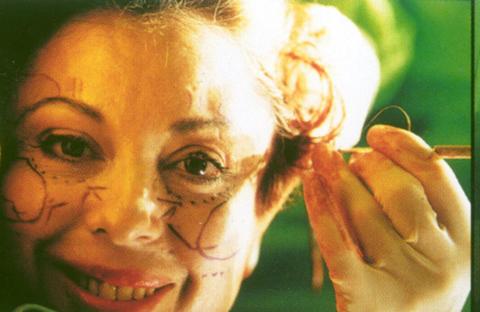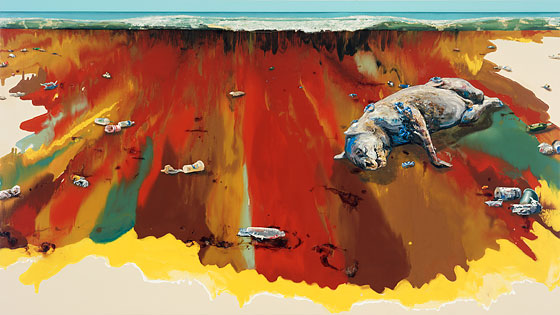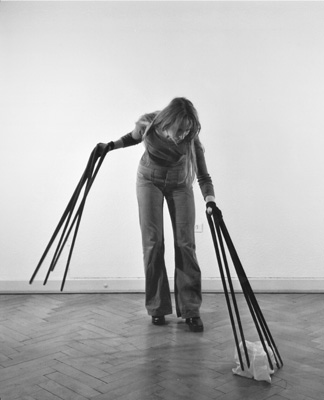

 Berlin Iron
Berlin Iron"This 'new' type of art looks at social reality as a dynamic flux, a moving network of rules/morals and social groupings/alliances that changes and responds to itself. The art in question draws viewers into a focused space to experience this reality, to question/change it and to integrate it into their understanding of self-in-context to the larger social reality." (Art and audience extra reading, first page)
- I found it ironic to find that 'gift' in German means poison, after looking at the Berlin Iron. Which was first used for the Napoleonic wars and then was an exchange for Hitler's cause.
- In these terms, jewelry is a perfect vehicle to question both the inner/private life and its position in the larger public sphere. Jewelry as souvenir, ownership, alliance, physical protection, and spectacle. It is an object that is owned privately, but displayed publicly, meant to be noticed and admired or respected as the Berlin Iron was.
- What happens when an object is a well-crafted simulacra of the jewel, as Kivarkis' work, does the piece signify the same importance and wealth?
- As is later stated in the article with the giving of objects comes an obligatory reciprocity. For jewelry the engagement ring is a great signifier, once given, ownership, marriage and sex was expected, was obligatory.
- Does 'the implication of pleasure as a motive' still ring true in jewelry? In art?
The article also states that the act of giving is seen as altruistic and without ties. In relation to Kandinsky's statement about the artist - "He must realize that his every deed, feeling, and thought are raw but sure material from which his work is to arise, that he is free in art but not in life." (38) Is the artist giving work to society, themself, their field, what is the relationship between artist and society. Give and take, take and take, give and give . . . ?

D
oris Betz Vera Siemund
Vera Siemund
 Anya Kivarkis
Anya Kivarkis
 Lola Brooks
Lola Brooks


























